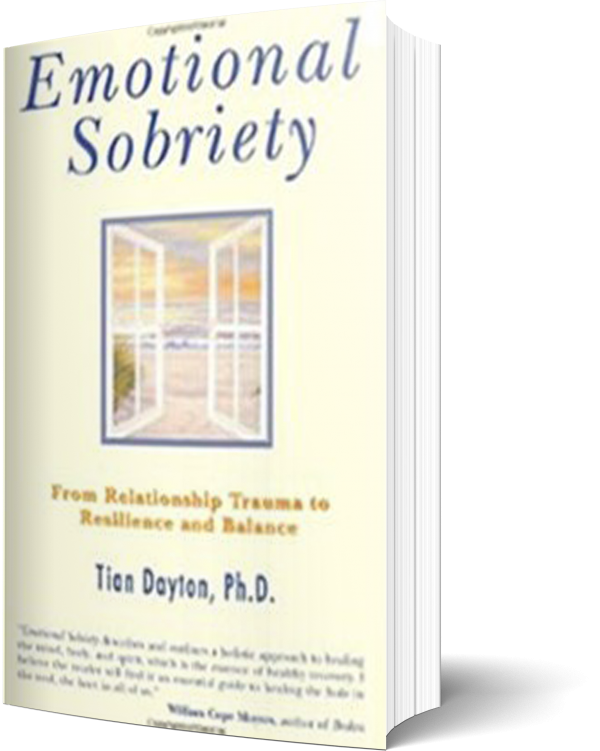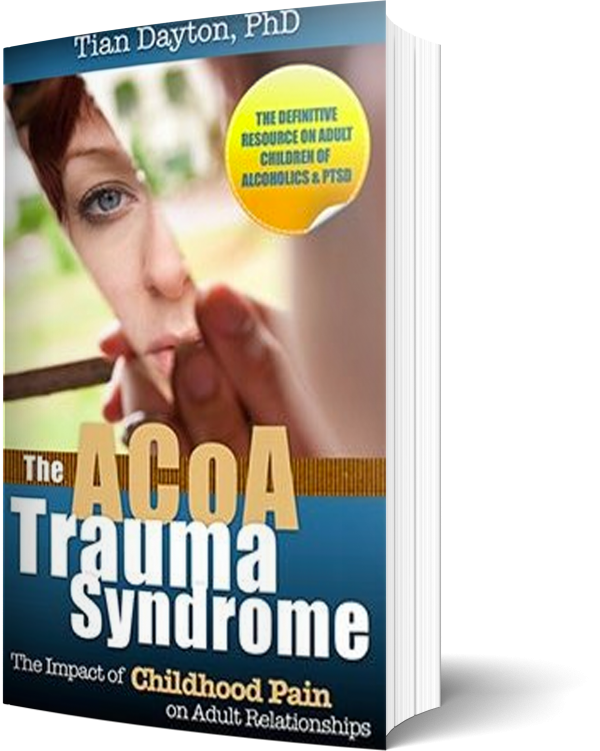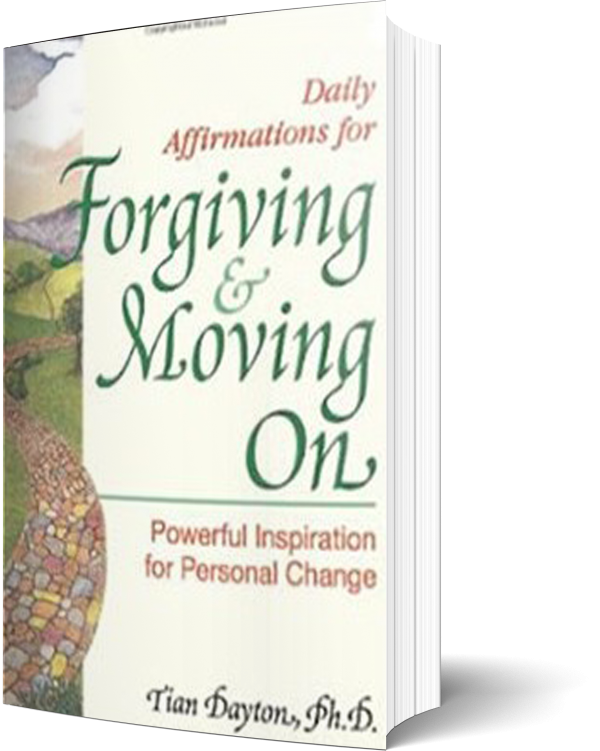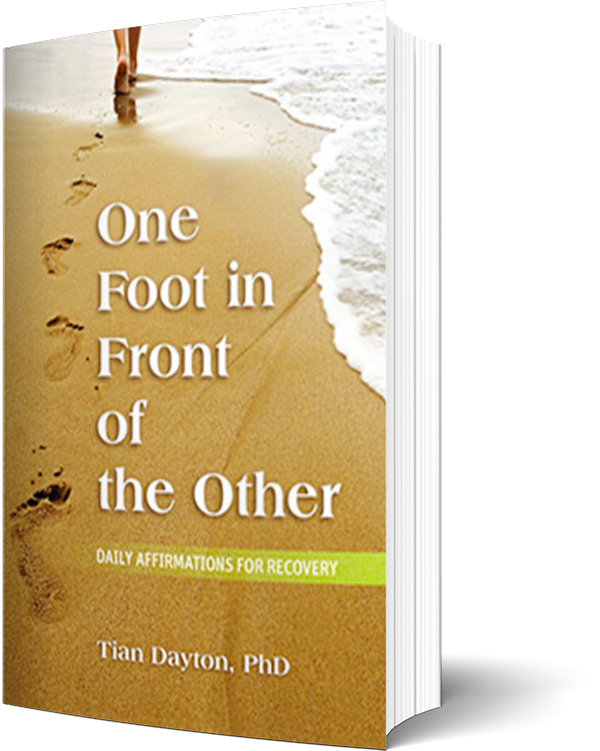Who we are speaks louder than what we say. Our facial and body language, the quality of our touch and the emotion and intent emanating from our expressions communicate more to the small child than words ever could. Expressions, sounds, and gestures, according to Stanley Greenspan (1999)—author of Building Healthy Minds—are our first forms of communication. Along with holding and touching, these form an intricate and attuned relational language that carries deep meaning and intention. These non-verbal forms of communication shape our very humanness and our capacity for intimacy (Greenspan, 1999) at barely conscious levels that we carry with us into all of our relating. We cannot Google our way into this intimacy; it needs to be a felt, sensed and shared experience. We need face-to-face, real-life encounters so that we can develop the subtle, non verbal ability to read and exchange subtle messages and meta communications that inform and inspire who we become on the inside and template our capacity for constructive rather than destructive forms of connection and closeness.
“Our skin does not define the boundaries of our beingness,” says Dan Siegel cofounder along with Allan Schore of a field called interpersonal neurobiology. From conception we resonate in tune or out of tune with those around us (Schore, 1999). Through relational experiences that form and inform our sense of self and through our ability to be cared for and care about others, our capacity for empathy is formed and strengthened (Schore, 1999).
Neuroception, is a term coined by Stephen Porges (2011), former Director of the Brain-Body Center at the University of Illinois at Chicago, to describe our innate ability to use intricate, meaning-laden, barely perceptible mind-body signals to establish bonds and communicate our needs and intentions. While many of these communications are conscious, still more occur beneath the level of our awareness. (PORGES, 2011).
Neuroception is a system that has evolved over time to enable humans and mammals to establish the mutually nourishing bonds that we need to survive and thrive. It is also our personal security system that assesses, in the blink of an eye, whether or not the situations that we’re encountering are safe or in some way threatening (Porges, 2004). According to Porges (2004), our neuroception tells us if we can relax and be ourselves or if we need to self protect. If the signals that we’re picking up from others are cold, dismissive, or threatening, that system sets off an inner alarm that is followed by a cascade of mind-body responses honed by eons of evolution to keep us from being harmed. This mind-body system sets off equivalent alerts if we’re facing the proverbial sabor-toothed tiger or sabor-toothed parent, older sibling, school bully, or spouse. When we feel threatened by another person’s behavior, we brace for harm, whether it’s harm to our person on the inside or the outside.
Chaos in the Home
Neuroception allows us to regulate ourselves within the context of relationships. Self regulation is one of our basic, developmental tasks. In trauma engendering families, “people are not able to use their interactions with others to regulate their physiological states in relationship . . . they are not getting anything back from the other person that can help them to remain calm and regulated. Quite the opposite, the other person’s behavior is making them go into a scared, braced-for-danger state. Their physiology is being up regulated into a fight/flight mode,” says Porges. Chaotic or trauma engendering families can make it tough to successfully engage and create a sense of safety and cooperation so that we learn to communicate our needs and desires to those people we depend upon for our very survival. We feel left out in the cold, as if we’re floating above the heads of those we yearn to be connected to, out there on our own so to speak. We feel unseen and misunderstood and this experience over and over and over again can morph into a sort of cumulative trauma that informs both our sense of who we are and who we are to others. It becomes the learning that we build upon and carry into all o our interactions. Relational trauma can occur at very subtle levels of engagement or a lack there of, as well as in its more obvious forms of living with abuse, neglect, illness, or addiction.
Kids who grow up with this set up all too often learn a negative lesson, i.e. that they need to figure everything out in their own head, that it’s not such a good idea to try to work something out with another person, especially if what needs to be worked out is sticky. They do not have the experience of becoming calmer and closer through opening up and talking things over, rather they learn that openness can leave them vulnerable to attack. Trauma in the home has a lasting impact. When those we rely on for our basic needs of trust, empathy, and dependency become abusive or neglectful, it constitutes a double whammy. Not only are we being hurt and confused but the very people we’d go to for solace and explanation of what’s going on are the ones causing us pain. We stand scared and braced for danger in those moments, prepared by eons of evolution, ready to flee for safety or stand and fight. But we simultaneously yearn for connection and to be seen and understood. The result is that we become confused and not ourselves, we lose heart. Isolation is a common feature of both trauma and depression and it is no wonder why. If we cannot keep ourselves feeling safe, if escape seems impossible because we are children growing up trapped by our own size and dependency within pain engendering families, then something inside of us freezes. Just getting through, just surviving the experience becomes paramount. And our very humanness I compromised, we can grow up in other areas, say intellectually while remaining very closed and immature in intimate connection.
Much of the work of recovery is in reaching back into these frozen inner spaces and coming alive again. Group therapy is a wonderful way of bringing to light these dark spots on our emotional lungs. So are relationships in adulthood. For the child of addiction, the COA, partnering and parenting act as triggers for the unresolved pain from childhood, when as adults we attempt to become intimate, those lessons we learned in childhood come jettisoning to the surface. This is what a post traumatic reaction is all about, pain from one time in life, in this case childhood, is restimulated/triggered and played out at another stage. Without awareness this can lead us to use our current relations as unconscious dumping grounds for old pain. With awareness our relationships can become the very key that unlocks the parts of us that need light and healing.
For more info on COAs log onto National Association for Children of Alcoholics, nacoa.org
Tian Dayton PhD. Neuropsychodrama in the Treatment of Relational Trauma, 2015, Health Communications, Inc Deerfield Beach, FL:
Greenspan, S. 1999. Building Healthy Minds. New York: Perseus Books.
Porges, Stephen W.PhD, The Polyvagal Theory: Neurophysiological Foundations of Emotions, Attachment, Communication, an Self-Regulation, W. W. Norton & Company; 1 edition (April 25, 2011)
Schore, Allan PhD, Affect Dysregulation and Disorders of the Self- W. W. Norton & Company; 1 edition,2003
Siegel, Daniel, M.D. The Developing Mind: Toward a Neurobiology of Interpersonal Experience (New York: Guilford Press, 1999)
Healing Trauma: Attachment, Mind, Body and Brain (New York: WW Norton & Company, 2003). Co-edited with Marion Solomon.





